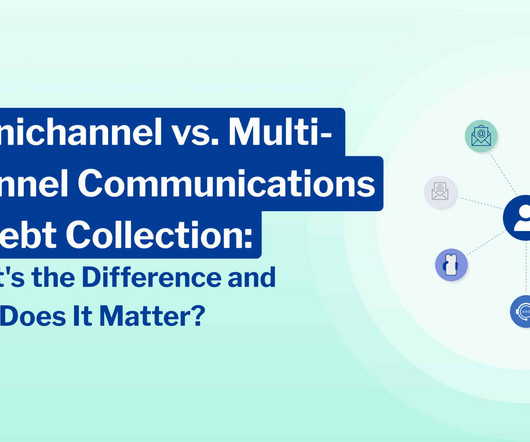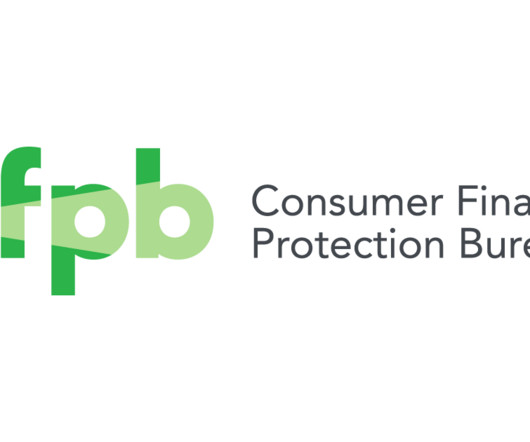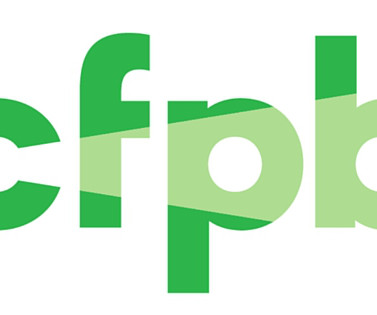CFPB Releases Final Medical Debt Credit Reporting Rule
Account Recovery
JANUARY 7, 2025
The Consumer Financial Protection Bureau this morning announced the release of its final rule prohibiting the inclusion of medical debt on consumer credit reports. This rule is expected to remove $49 billion in medical debt from credit reports, impacting approximately 15 million consumers. Additionally, it bars lenders from considering medical information in credit decisions, addressing concerns about the fairness and accuracy of medical debt in credit assessments.















Let's personalize your content